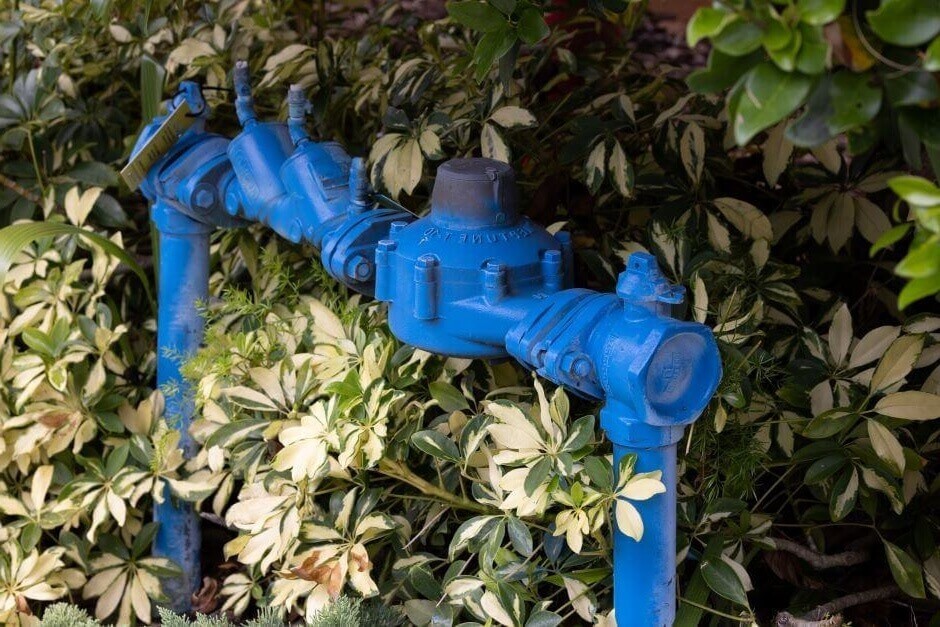
Welcome to the ultimate guide on backflow preventer installation. If you are a homeowner, a business owner, or simply someone concerned about the safety and purity of your water supply, installing a backflow preventer is a crucial step.
After you finish reading, you will understand what a backflow preventer is, why it is essential, and how you can install one. You will also know important considerations such as the ideal installation location, who can handle the installation, the time it takes, and the associated costs.
Dive in and become an expert in backflow preventer installation!
What Is A Backflow Preventer?
A backflow preventer is a mechanical device designed to safeguard your water supply from contamination. It prevents the reverse flow of water, ensuring that any potentially harmful substances or pollutants cannot enter your plumbing system.
By acting as a barrier between your potable water supply and potential sources of contamination, a backflow preventer helps maintain the integrity and safety of your water.
Why Install A Backflow Preventer?
Installing a backflow preventer is crucial for protecting your water supply from cross-contamination. It serves as an important line of defense against backflow incidents that can occur due to changes in pressure or other unforeseen circumstances.
Without a backflow preventer, contaminated water from sources such as irrigation systems, chemical plants, or fire hydrants could flow back into your clean water supply, posing serious health risks. It ensures the safety and quality of the water you use for drinking, cooking, bathing, and other everyday activities.
How To Install A Backflow Preventer?
The installation process typically involves the steps listed below.
- First, assess your plumbing system to determine the most suitable type and size of backflow preventer for your needs.
- Then, install the backflow preventer at the appropriate location, following local codes and regulations. The device needs to be connected to the water supply line, ensuring a secure and leak-free installation.
- Finally, perform comprehensive testing to verify the proper functioning of the backflow preventer.
Sounds complex, right? Discover next who can help you with this task! Also, read more about where to install your backflow preventer, how long the job takes, and how much it costs.
Who Can Install A Backflow Preventer?
Hire a qualified professional with experience in backflow preventer installations. Licensed plumbers, irrigation specialists, or certified backflow technicians possess the necessary expertise to handle the installation process. They are familiar with local codes and regulations and can ensure that the installation meets all required standards.
By hiring a professional, you can have confidence in the performance and effectiveness of your backflow preventer.
Where To Install A Backflow Preventer?
The ideal location for installing a backflow preventer depends on various factors, including the specific requirements of your plumbing system and local regulations. In most cases, backflow preventers are installed near the main water supply entry point, typically outdoors.
This location allows for easy access, regular maintenance, and testing. Additionally, the backflow preventer should be installed in an area where it is protected from extreme weather conditions and potential damage.
How Long Does It Take To Install A Backflow Preventer?
In general, a professional installation can typically be completed within a few hours to a full day. Factors such as site preparation, device selection, and testing contribute to the overall installation timeline.
How Much Does It Cost To Install A Backflow Preventer?
The installation of a sewer backflow preventer in your home typically carries an average cost of approximately $ 300. However, it is important to note that if extensive labor is required, the total expenses could range between $ 600 and $ 800 – or potentially even higher, due to labor costs.
And there is more!
Can A Backflow Preventer Be Installed Underground?
Yes, backflow preventers can be installed underground. However, it is essential to ensure that the chosen preventer is suitable for underground installation. Special considerations such as adequate drainage, frost protection, and accessibility should be taken into account during the installation process.
Can A Backflow Preventer Be Installed Vertically?
Yes, backflow preventers can be installed vertically in certain situations. Vertical installations are commonly found in situations where space constraints or plumbing system design necessitate an upright orientation.
Anyway, backflow preventer installation is a critical step in protecting the purity and safety of your water supply. Take the help of wisercosts' plumbers and invest in a backflow preventer today and enjoy the confidence of a clean, healthy water supply for years to come.
You will also like to read:
What is the Cost of Water Heater Repair?
How To Detect Small Leaks and Save Tons on Water Bills
5 Causes of Low Water Pressure in the Shower
 Let a plumber give you an estimate on your project
Let a plumber give you an estimate on your project

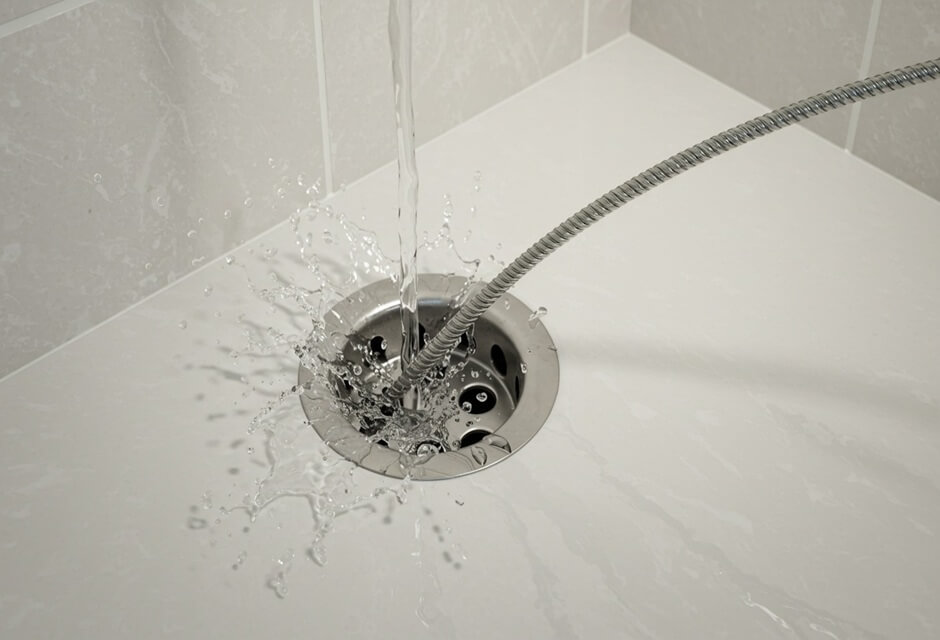
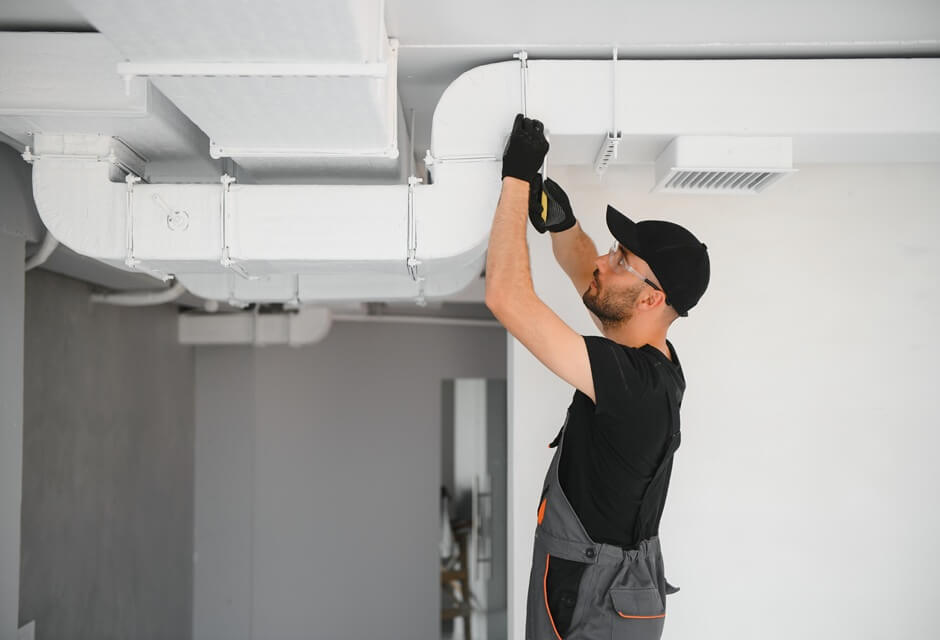
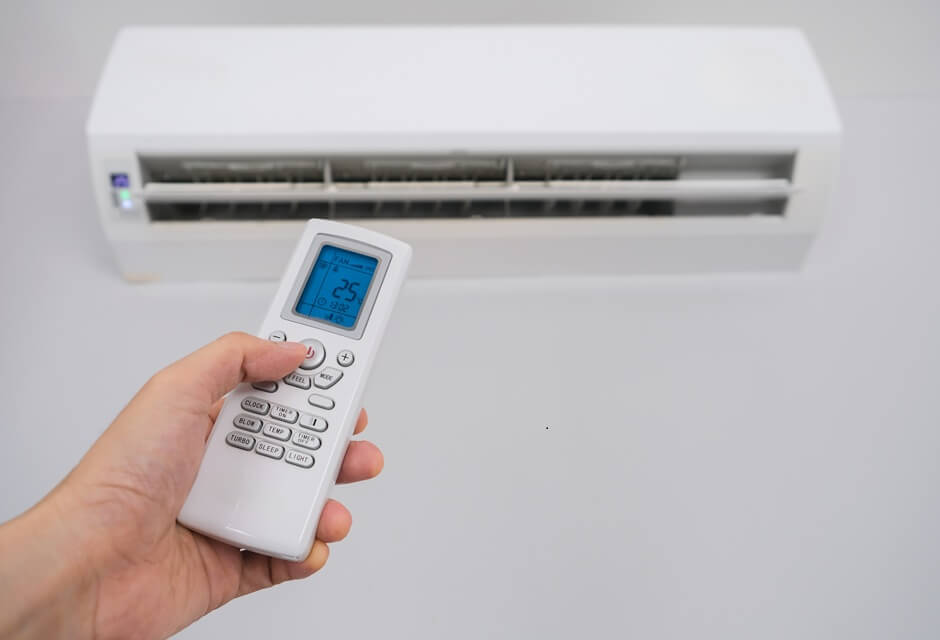
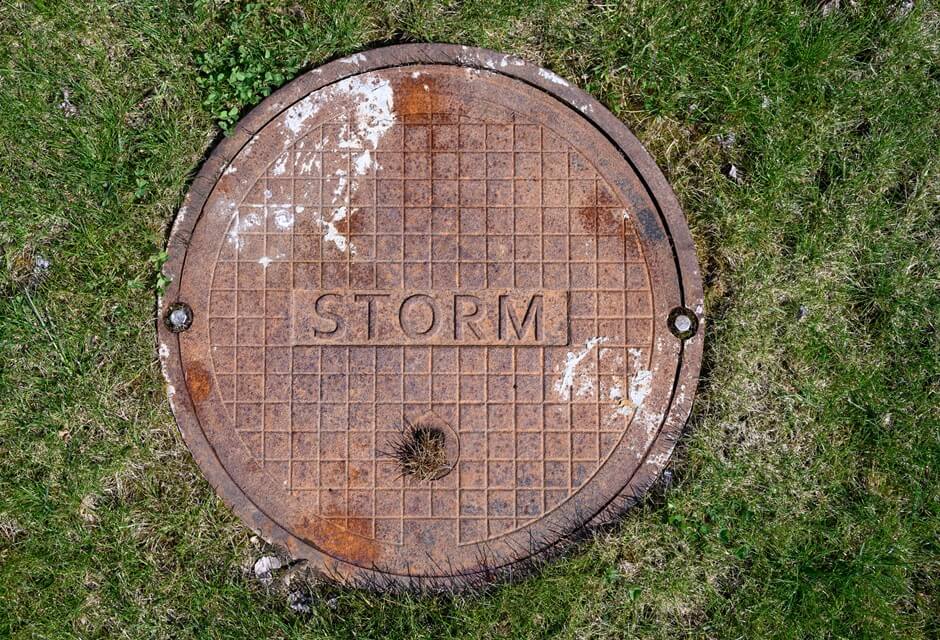
 Member of the
Member of the